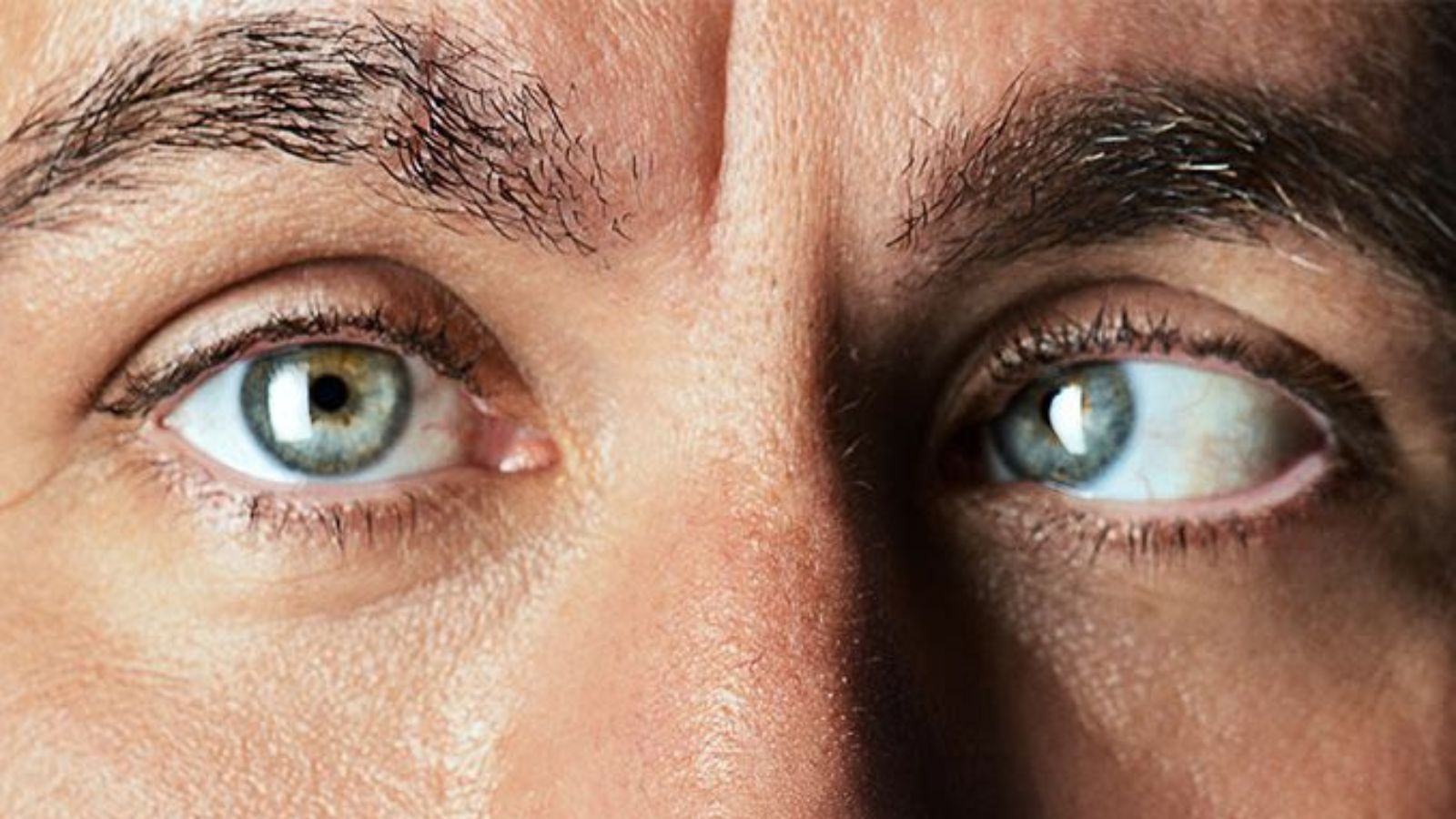 Strabismus in Adults: Causes, Diagnosis, and Treatment
Strabismus in Adults: Causes, Diagnosis, and TreatmentStrabismus, commonly known as crossed eyes, is a condition where the eyes do not align properly and point in different directions. While more common in children, strabismus can also develop in adults. The causes and treatment of strabismus in adults can differ from those in children.
Causes of Strabismus in Adults
Age-related changes: As we age, the muscles and tissues around the eyes can weaken, leading to strabismus.
Medical conditions: Diseases such as diabetes, high blood pressure, thyroid disorders, stroke, and brain tumors can cause or worsen strabismus.
Injuries: Trauma to the eye or head can damage the eye muscles and cause misalignment.
Side effects of medications: Some medications may cause strabismus as a side effect.
Unknown causes: In some cases, the exact cause of strabismus is unknown.
Symptoms of Strabismus in Adults
Symptoms of strabismus in adults are similar to those in children and may include:
Double vision: Seeing two images of one object
Eye strain: Especially when doing tasks that require concentration
Head tilting: To reduce double vision
Difficulty driving or reading
Headaches
Diagnosis of Strabismus in Adults
Strabismus in adults is diagnosed by an ophthalmologist. The eye doctor will use various tests, such as covering one eye, checking the light reflection in the pupil, and assessing the field of vision, to make an accurate diagnosis. Additional tests, such as MRI or CT scans, may be ordered to investigate the underlying causes of strabismus.
Treatment of Strabismus in Adults
Treatment for strabismus in adults depends on various factors, including the underlying cause, severity of the misalignment, and the individual's overall health. Some treatment options include:
Glasses: To correct refractive errors such as nearsightedness or farsightedness.
Eye exercises: To strengthen the eye muscles and improve coordination.
Prisms: To bend light and improve eye alignment.
Surgery: In cases where non-surgical treatments are ineffective, surgery may be necessary. Surgery typically involves strengthening or weakening the eye muscles.
Treating underlying conditions: If strabismus is caused by an underlying medical condition, treating that condition is essential.
Importance of Early Detection and Treatment
Early detection and treatment of strabismus in adults is crucial as it can improve quality of life and prevent more serious complications. Timely treatment can prevent permanent vision problems, chronic headaches, and other adverse effects. If you notice any changes in your vision, consult an ophthalmologist immediately.

 Strabismus in Adults: Causes, Diagnosis, and Treatment
Strabismus in Adults: Causes, Diagnosis, and Treatment
comment